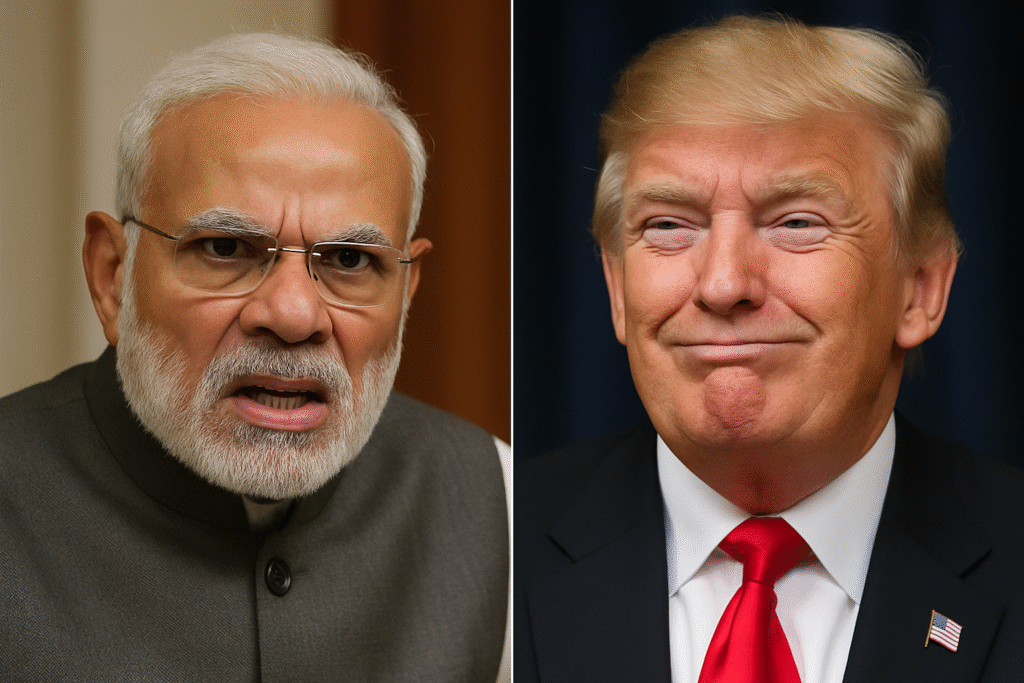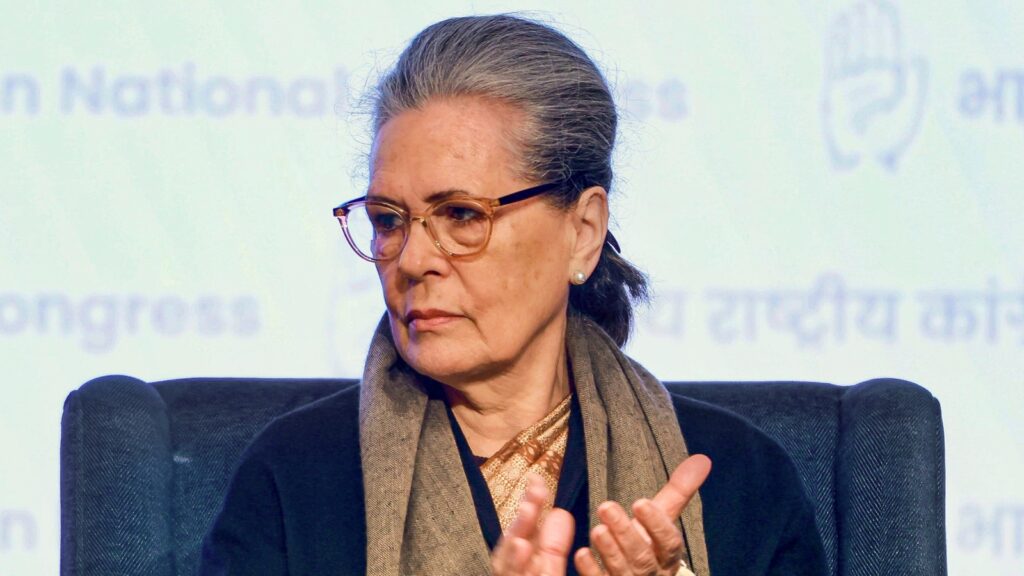India’s Tough Stand Against US Tariff Pressure
In June 2025, a full-blown India-US trade standoff took center stage, grabbing headlines and rattling economic observers worldwide. After the United States abruptly doubled tariffs on Indian steel and aluminum to a whopping 50%, India is now preparing to strike back with its own set of retaliatory tariffs on US goods like almonds, walnuts, and metals. But this isn’t just a clash over commodities—it’s a high-stakes geopolitical power play, one that could redefine the future of bilateral trade.
Why does this matter? Because India’s $4.56 billion steel and aluminum exports to the US are now under threat. And in response, India is leveraging both the WTO and trade diplomacy to send a clear message: We won’t be pushed around.
The Origins of the Tariff War

The seeds of this dispute were sown long before 2025. The United States has historically used Section 232 of the Trade Expansion Act (1962) to impose tariffs on steel and aluminum, citing “national security.” Under the Trump administration, this provision became a go-to strategy for protectionist trade moves.
On March 12, 2025, the US slapped a 25% tariff on all steel and aluminum imports, including from India. This came without exemptions, despite India’s previous negotiations. Then, in a dramatic escalation, President Trump announced on May 30, 2025, that the tariff would double to 50% starting June 4.
This move was not just economic—it was political. Announced at a US Steel plant in Pennsylvania, the decision was aimed at rallying domestic support but had global trade consequences, especially for India. Indian exports affected include:
- $587.5 million in raw iron and steel
- $3.1 billion in steel products
- $860 million in aluminum goods
These tariffs now threaten the competitiveness of Indian manufacturers in one of their biggest markets.
India’s Response: Retaliation Mode Activated
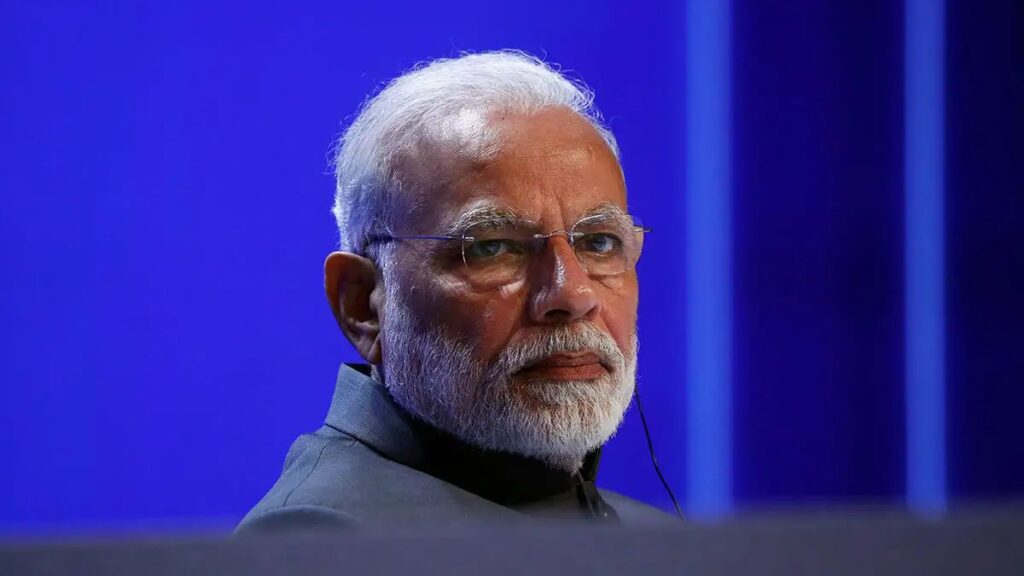
India, far from staying silent, has responded with a firm and calculated strategy. On May 9, 2025, India officially informed the World Trade Organization (WTO) of its plan to impose retaliatory tariffs on select US imports. This move comes in direct response to the steep US tariffs on Indian steel and aluminum exports. According to Reuters and WTO filings, these US tariffs are impacting $7.6 billion worth of Indian exports, and India intends to recover up to $1.91 billion through its proposed duties. Unless a diplomatic resolution is reached, these retaliatory tariffs are expected to be implemented from June 8, 2025.
The list of targeted goods is strategically chosen, focusing on US exports like almonds, walnuts, apples, and metal articles. These products are not only economically valuable but also politically sensitive—especially in US swing states like California and Washington, where such commodities are a major part of the local economy. Interestingly, these categories mirror the ones India targeted during a similar tariff conflict in 2019, indicating a consistent playbook designed to apply maximum pressure without overstepping.
Adding fuel to India’s assertiveness is a recent legal breakthrough: a New York court ruling on May 28, 2025, stated that President Trump lacks unilateral authority to impose such tariffs without Congressional approval. This decision significantly weakens the US’s negotiating position and strengthens India’s hand in ongoing trade talks. With the legal tide shifting and international support building, India now has the diplomatic, legal, and strategic leverage to push back confidently—marking a clear departure from its traditionally cautious trade posture.
Negotiation or Confrontation?
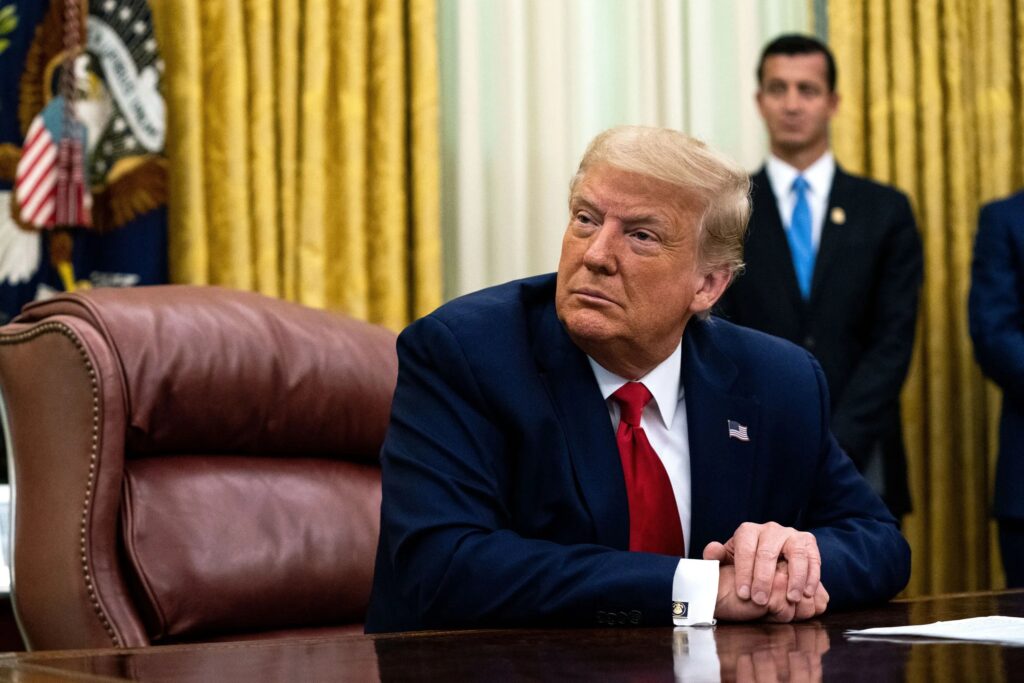
As the tariff war heats up, India finds itself balancing a fine line between retaliation and reconciliation. With a formal WTO notice already in place, India has the legal and diplomatic backing to impose counter-tariffs on US goods starting June 8, 2025. However, New Delhi is also keeping the negotiation window open, especially with a US delegation set to arrive on June 5 for crucial trade talks. The potential for a Bilateral Trade Agreement (BTA) is still alive, and India appears to be using the threat of retaliation as leverage to extract concessions, particularly a rollback of the 50% steel and aluminum tariffs. It’s a classic pressure tactic—talk softly but carry a big stick.
At the same time, India’s posture has visibly hardened. Legal setbacks for Trump—like the New York court ruling curbing his unilateral tariff powers—have emboldened India to assert itself more confidently on the global trade stage. There’s growing political will in India to abandon passive diplomacy and assert trade sovereignty. The inclusion of politically sensitive US goods like almonds and walnuts in India’s retaliation list isn’t just economic—it’s symbolic, targeting the American heartland and voter base. India seems ready to escalate if talks fail, sending a clear message: “We want resolution, but we’re prepared for confrontation.”
What This Trade War Means for the World
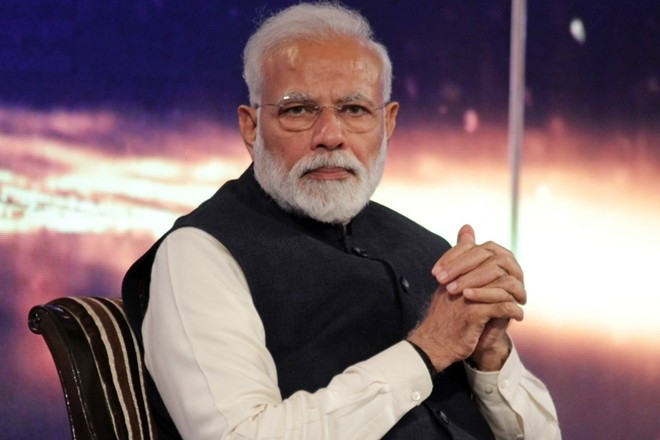
The India-US tariff war has far-reaching economic and strategic consequences:
1. Impact on Indian Exporters
- Indian companies face billions in potential losses.
- Organizations like FIEO have urged the Indian government to diversify export markets and support impacted sectors.
2. WTO’s Growing Relevance
- India’s WTO challenge reflects a renewed confidence in multilateral institutions.
- If successful, it sets a precedent for developing economies pushing back against US protectionism.
3. Shift in Global Trade Alliances
- The tariff battle may push India to deepen ties with Europe, ASEAN, and African nations.
- India’s recent trade talks with the UAE, UK, and Australia could be fast-tracked as a hedge against US unpredictability.
4. Political Symbolism
- Domestically, India’s firm stand could be a vote-winner, projecting strength.
- For the US, Trump risks alienating strategic allies during an election year.
This is more than just an almond or steel dispute—it’s a symbolic showdown between two global democracies with clashing trade visions.
India-US tariff standoff is a watershed moment for India’s trade diplomacy. With a $4.56 billion hit at stake, India has opted not for silence but for strategic counterpressure—using the WTO, legal leverage, and tactical retaliation to fight back. While the next few weeks will determine whether diplomacy or conflict prevails, one thing is clear: India is no longer playing defense in global trade. This is the new India—confident, calculated, and unafraid to hit back.


